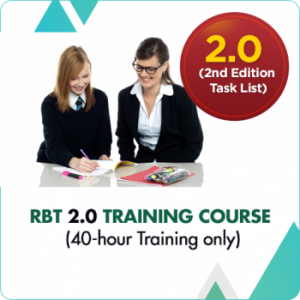Do the Tests Always Work?
The effectiveness of tests to diagnose autism can vary depending on a number of variables. Because Autism Spectrum Disorder is indeed a spectrum, each individual’s symptoms and the severity of those symptoms will vary. Even in the same individual the symptoms present at childhood may be very different from the ones present when the child reaches adulthood. Standardized diagnostic tests give a good account of the strengths and limitations of a child, as well as the child’s language and cognitive skills. These diagnostic tests are essential in the diagnosis of autism because they help in defining the aims of the child’s intervention programs. However, a good diagnostic test depends on the experience and dealings of the diagnostician. Autism can be diagnosed by various types of health care experts such as a developmental pediatrician, clinical psychologist, child psychologist, or language and speech pathologist. These diagnostic tests are spread across many disciplines. If more than one diagnostician is involved, the diagnosticians should be sharing their views about the child’s condition with each other.
Among other things, diagnosing autism involves comparing the child’s past behaviors with current behavior. Descriptions of these behaviors can be given by the parents, family members, caregivers, and teachers of the child. An experienced practitioner should also make a direct observation of the child’s behavior. The observations should be made by a clinician who is just as experienced as the practitioner who will assess the child’s behavior.
The Autism Diagnostic Observation Schedule (ADOS) and the Autism Diagnostic Interview-Revised (ADI-R) are among the most recognized diagnostic tools for autism. ADOS involves a sequence of play activities and tasks administered to the child, usually with the parents present. ADI-R is an interview with the parents or the caregiver that lasts for approximately two hours. These diagnostic tools are administered by highly trained specialists, but the majority of health insurance plans do not cover them. Some health centers may combine these diagnostic tools with other methods of diagnosis such as parent questionnaires. The important thing is to have the experience of parents and caregivers, combined with a functional analysis of the child’s behaviors and skills, evaluated by a qualified and experienced practitioner who knows what to look for.
Diagnosticians pay particular attention to the child’s sensory, verbal, and non-verbal skills. A child with a low level of these skills may have a more severe autism spectrum disorder than a child with autism whose language and other skills are better. The diagnostician may also be interested in the child’s hearing capabilities and medical condition.
Do the tests always work? Certainly, on rare occasions, children have been misdiagnosed with a milder or more severe disorder than was later diagnosed in the same child, and it is also possible for a diagnostician to diagnose ASD when the child’s real problem is a condition outside the autism spectrum that has similar symptoms. But over time the standardized tools have proven to be very reliable in evaluating a child’s condition and determining the best course of intervention in order to make the child’s future life as functional and satisfying as possible.
Copyright © by Special Learning Inc. All right reserved.
No part of this article may be reproduced in any manner whatsoever without written permission except in the case of brief quotations embodied in critical articles and reviews. For information, contact Special Learning Inc., at: contact@special-learning.com








